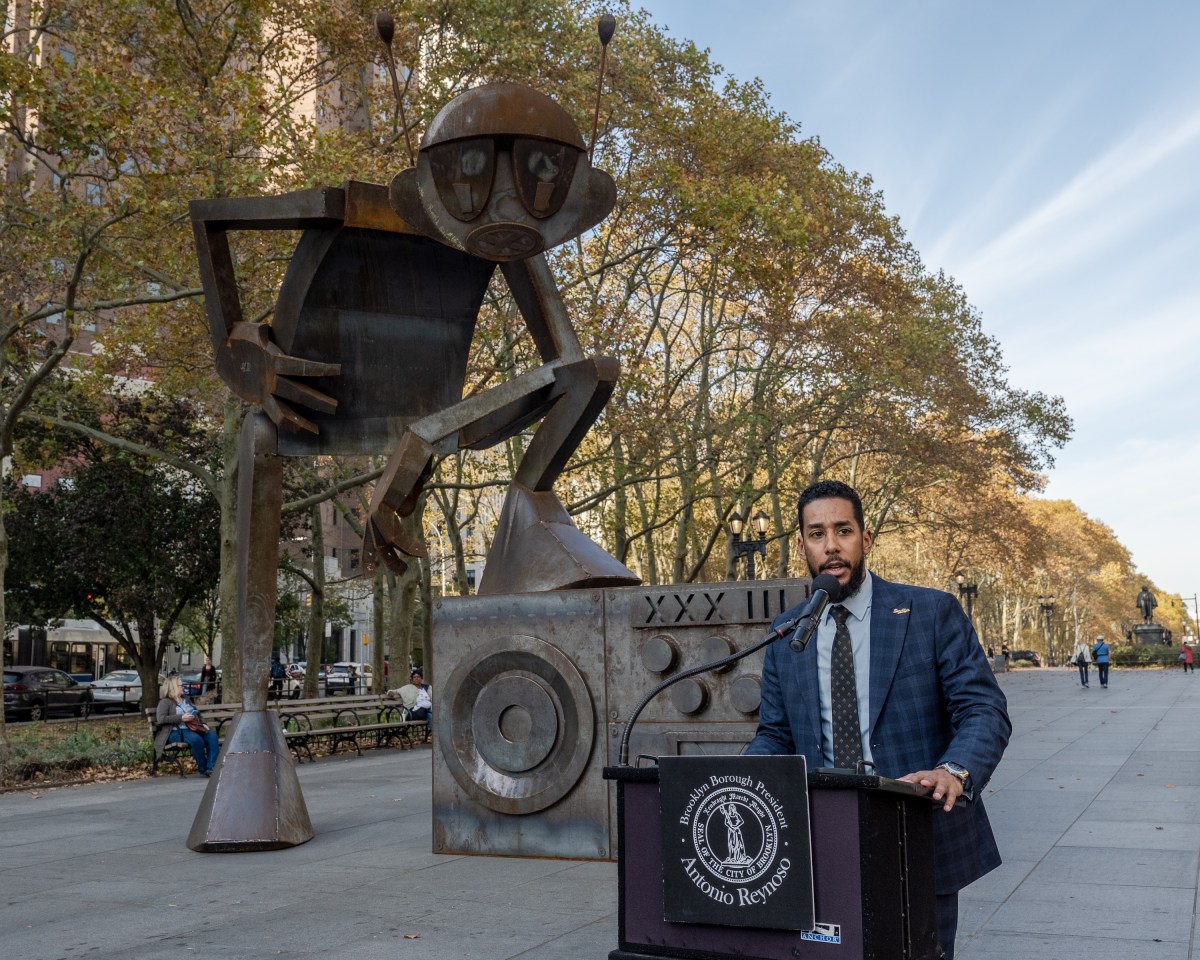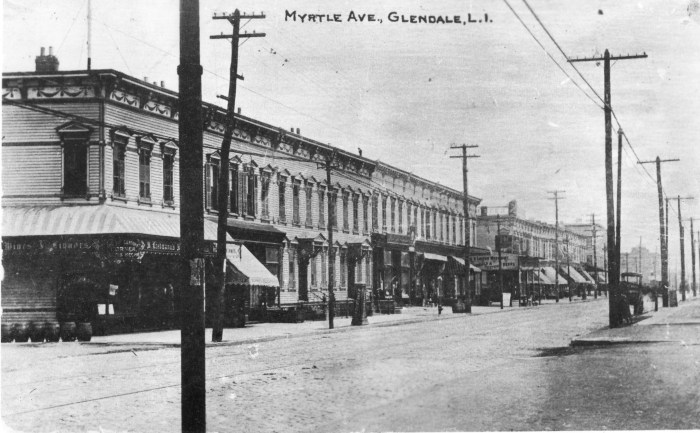BY EILEEN STUKANE | In February 2015, NYC Department of Investigation Commissioner Mark Peters arrested 50 people who were indicted on bribery and corruption charges related to the city’s construction industry. Among those indicted property managers, contractors, building owners and “expediters” were a reported 11 NYC Department of Buildings (DOB) inspectors who were accused of taking bribes.
During the two-year investigation, launched by the DOB itself based on a tip, the department created a Risk Management Office (RMO) to oversee inspectors and enforce compliance proactively. The head officer of the RMO, since its inception in January of this year, is Reynaldo Cabrera. Chelsea Now recently spoke, via teleconference, with both Cabrera and Timothy Hogan, DOB’s Deputy Commissioner of Enforcement.
The conversation centered on how the DOB is dealing with landlords who falsify their DOB applications for construction by stating that occupied buildings are unoccupied. An unoccupied building does not need a Tenant Protection Plan. Once illegal construction permits are in hand and posted, falsifying building owners are known to harass unaware residents with unlivable conditions in attempts to motivate them to move.
Cabrera and Hogan spoke about how, within the DOB, they are working to transform procedures according the plan released in May by DOB Commissioner Richard Chandler (“Building One City: A Blueprint for Transformation at the NYC Department of Buildings”). They also addressed how the city’s historic Tenant Harassment Prevention Task Force, led by NY State Attorney General Eric Schneiderman’s office, is pulling together city agencies to crack down on bad landlords.
Chelsea Now: What is being done in regard to building owners who falsify applications for construction?
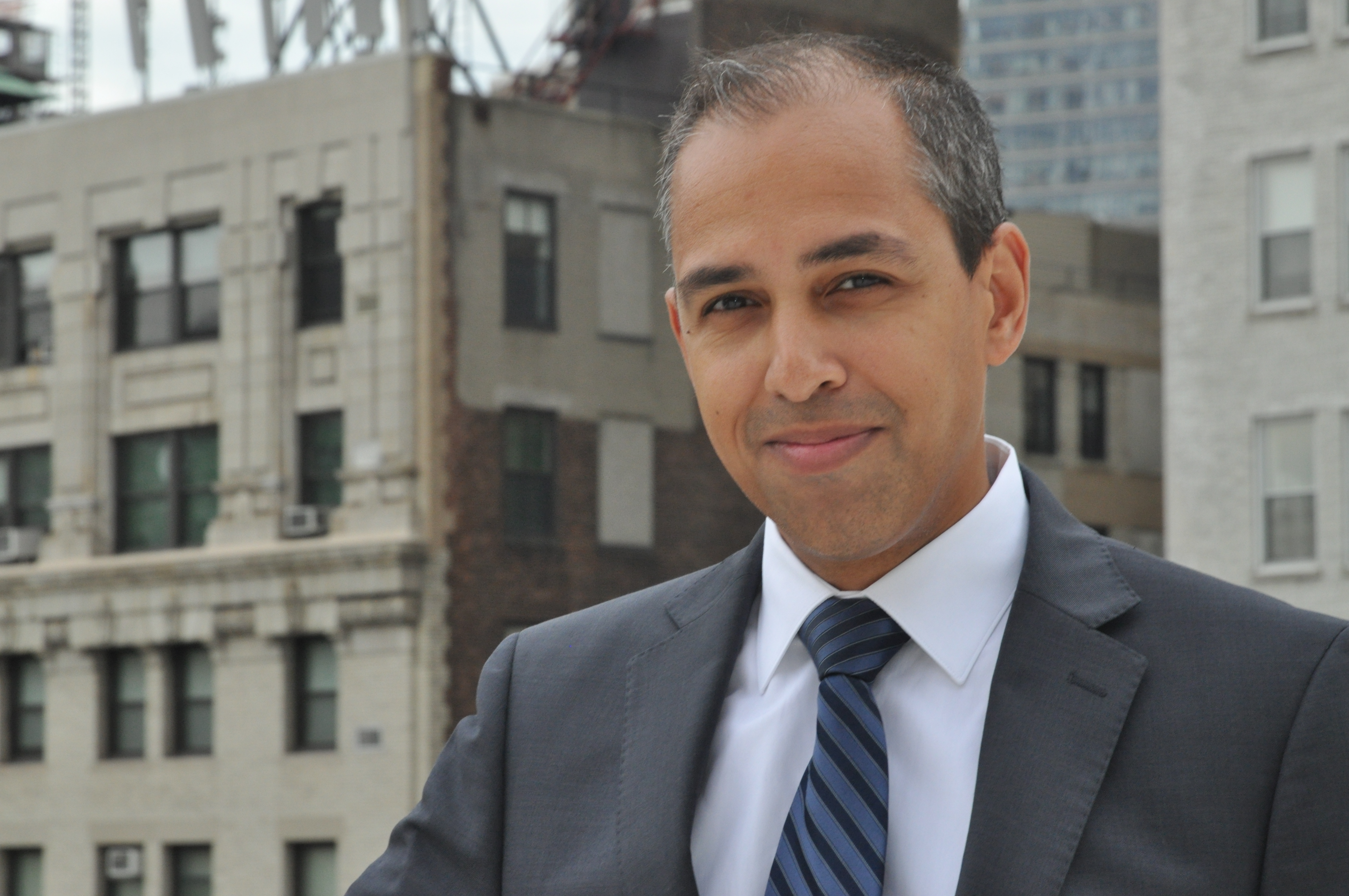
Reynaldo Cabrera: Let me start by saying that it is incumbent upon the applicants obviously to be truthful with us. Safe construction starts with responsible owners and professionals adhering to the construction codes. When applicants file, there is a statement where they have to attest that what they’re filing is accurate. We’re aware of the issue. It’s unacceptable. What the department now is doing is looking at these cases and taking them very seriously. We’re working closely with Deputy Commissioner of Enforcement Timothy Hogan, who is sitting next to me — and Alexandra Fisher, Deputy Commissioner of Legal and Regulatory Affairs. We’re looking at the range of penalties; whether it would be violations, whether we’re referring people to have their licenses revoked, referring them to the state licensing authority, or in certain circumstances, making referrals for criminal prosecution.
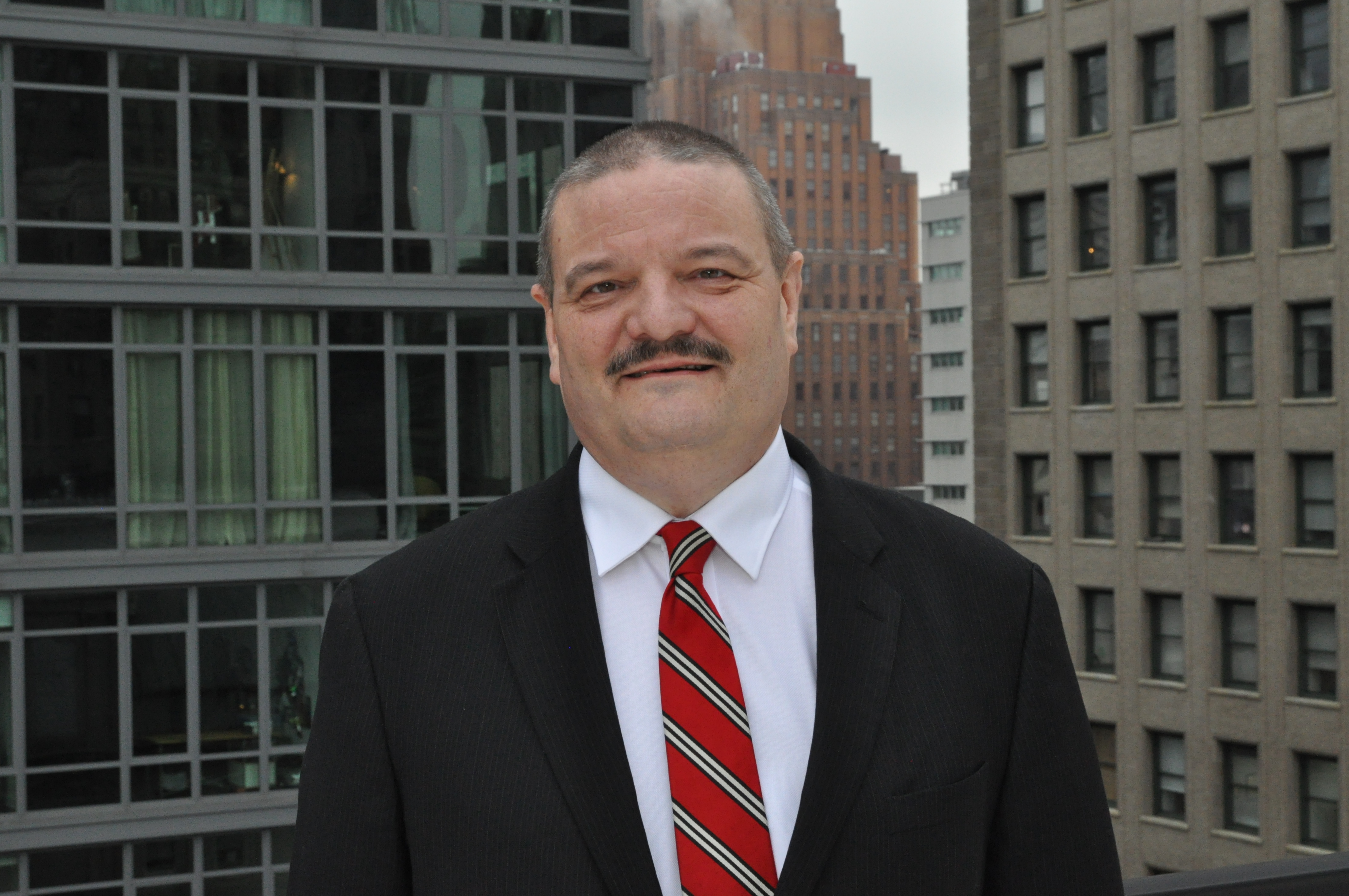
Timothy Hogan: We actually have a couple of different processes in place. What we try to do, when we identify a landlord that we find is acting inappropriately, is research that landlord to identify his other properties and then proactively go out and inspect those properties. If we catch him working without a permit, he faces an extensive, pricey Environment Control Board (ECB) violation. There are different levels of (hazardous) violations. As an example, over the last 18 months, the DOB and the NYC Housing Preservation and Development (HPD), recognizing the fact that certain landlords were carrying out inappropriate actions in some of their buildings and making false statements, proactively went out to over 270 buildings. Inspections were conducted with the HPD and the NYC Fire Department. As a result, we have written close to 1,000 ECB violations for those landlords, as well as the other agencies writing violations.
CN: Discuss the Tenant Harassment Prevention Task Force.
TH: The way this new Task Force is working is that each individual city agency will write ECB violations for their particular code violations [Under the auspices of the NYState Attorney General, the Task Force brings together the NYState Division of Homes and Community Renewal (DHCR), HPD, DOB, and NYC Department of Health and Mental Hygiene.] We’ve issued close to 1,000. HPD has issued a significant number, and in some instances the Fire Department has issued violations.
Additionally, we take action with a landlord for work without a permit, work beyond the scope of a permit, violation of a certificate of occupancy, illegal conversion work, as well as inspecting other properties the landlord in question may own. Each violation carries a different financial penalty [up to $45,000]. The schedule is different for each type of violation but there is a financial hardship.
RC: Punishment can also include revocation of licensing — a professional’s license — which impacts the ability to work. We refer cases to local law enforcement for criminal action. We recently had a case in Brooklyn where an individual was indicted after falsely filing paperwork.
TH: We’ve done two cases in Brooklyn in the last three months, and have a number of cases pending.
CN: To stop falsification of applications, can there be electronic back and forth between the DOB, which does not have the occupancy status of buildings on file, and the DHRC, which has building occupancy information?
RC: Within documentation of the Blueprint, we talk about what we’re doing on the technology side, how we can better upgrade our systems. We’re relying on legacy systems, so the first step that we’re working on internally is to have full electronic filing that will allow us to have more front end accountability. To that end, it will allow us to better coordinate data-sharing. For us to be effective in data-sharing, we first have to improve our system. Then we start the conversations with DHCR, look at what they have, and then make the two systems speak — because we’re not necessarily on the same systems. These conversations with agencies have already started.
We’ve been working with the HPD on nuisance construction, illegal conversions — and more recently, we’ve started working with Con Ed [as a result of the gas explosion that leveled three buildings and damaged four others in the East Village this spring].
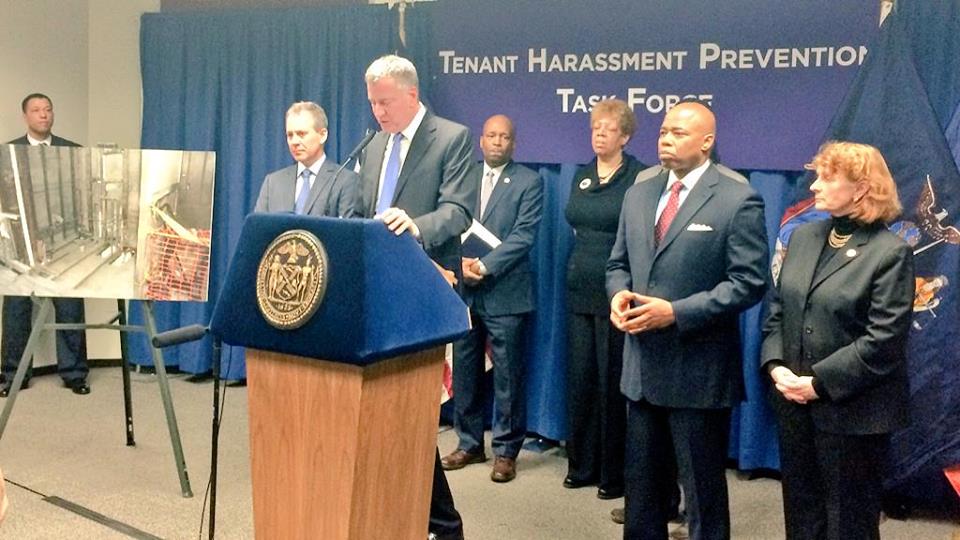
CN: Can tenant harassment can sometimes be hard to identify?
TH: Construction goes on in a lot of buildings just as part of regular maintenance. There are times when a landlord will do construction purposely to force out a tenant — but there are other times when construction can be a nuisance to the tenants, but it’s not necessarily the intention of the landlord to force tenants to move. When we’ve been in these situations we have to make the determination: Is this a willful act on the part of the landlord to try and force a tenant out, or is it an inadvertent situation such as not using the proper amount of plastic covering in an area to keep dust from traveling when refurbishing an apartment?
One of our cases last spring in Brooklyn, the landlord went in and did demolition of a kitchen and a bathroom in a person’s apartment and then walked out, didn’t do any additional work. That was a tenant harassment case. That landlord is now in criminal court with the Brooklyn DA’s office, and facing criminal charges. On the other hand, we’ve had tenants who have complained because a door was moved from one area to another in a hallway and created dust in the hallway. It should have been better controlled by those doing the construction, but it didn’t rise to the level of tenant harassment.
CN Notes: Hogan recommends that New Yorkers who feel they are in tenant harassment situations call the city’s 311 phone number.
TH: Calls to 311 are documented. With documentation, we can start looking at data in a more proactive way to see whether there are patterns throughout the city. The best tool we have is the community, the extent that the community is reaching out to call 311. This [tenant harassment] is a very important issue for this administration. The DOB is devoting a significant amount of resources to look at this issue. It will continue to be a priority for us.






















